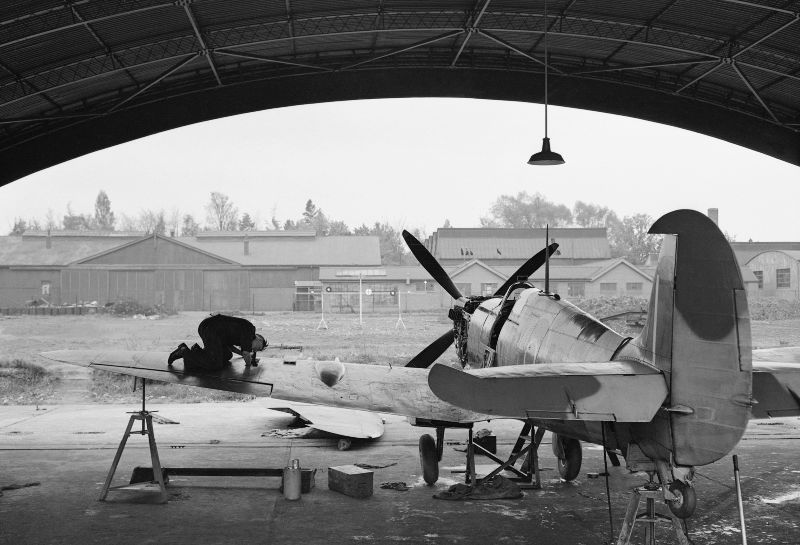 History
History
The airfield was originally opened by the Royal Flying Corps (RFC) during the First World War. At first it was used forwireless experiments, but was then established in 1917 as part of the London Air Defence Area, responsible for defending the capital against attacks by Zeppelins and Gotha bombers. To this end, 141 Squadron of the RFC was based at Biggin Hill and equipped with Bristol Fighters.
Between the wars, the airfield was used by a number of experimental units, working on instrument design, ground based anti-aircraft defences, and night flying. The base was closed between 1929 and 1932, during which period reconstruction work took place including the building of new hangars.
During the Second World War the airfield was one of the commanding bases for the Battle of Britain, with both Spitfiresand Hurricanes from a variety of squadrons being based there. The squadrons based at Biggin Hill claimed to have destroyed 1,400 enemy aircraft, at the cost of the lives of 453 Biggin Hill based aircrew. Because of its importance to the capital’s defence, the airport itself became a target. Between August 1940 and January 1941, the airfield was attacked twelve times, the worst of which wrecked workshops, stores, barracks, WAAF quarters and a hangar, killing 39 people on the ground.
After the war, Biggin Hill was briefly used by the RAF’s Transport Command, and then became a base for both regular and reserve fighter squadrons, flying Spitfires, Meteors and Hunters. A fatal incident involving the loss of three Meteors on 18 June 1951 (see incidents and accidents below) caused the station’s continued use by the military to be called into question. However, in 1958 Biggin Hill ceased to be an operational RAF station, becoming the Officer and Aircrew Selection Centre for the RAF. Due to the impending closure of the nearby original London Airport at Croydon, from 1956 much of the civilian light aviation from Croydon relocated to Biggin and it became a joint civilian and military airport. Croydon closed completely in 1959, at which time Biggin Hill became a mainly civilian airport with only occasional military flying taking place.
Today it is also the home to the Biggin Hill Heritage hangar which houses a number of Spitfires, a Hurricane and Me 109 and is open for public visits and rides in a two seat Spitfire – their webpage is here
